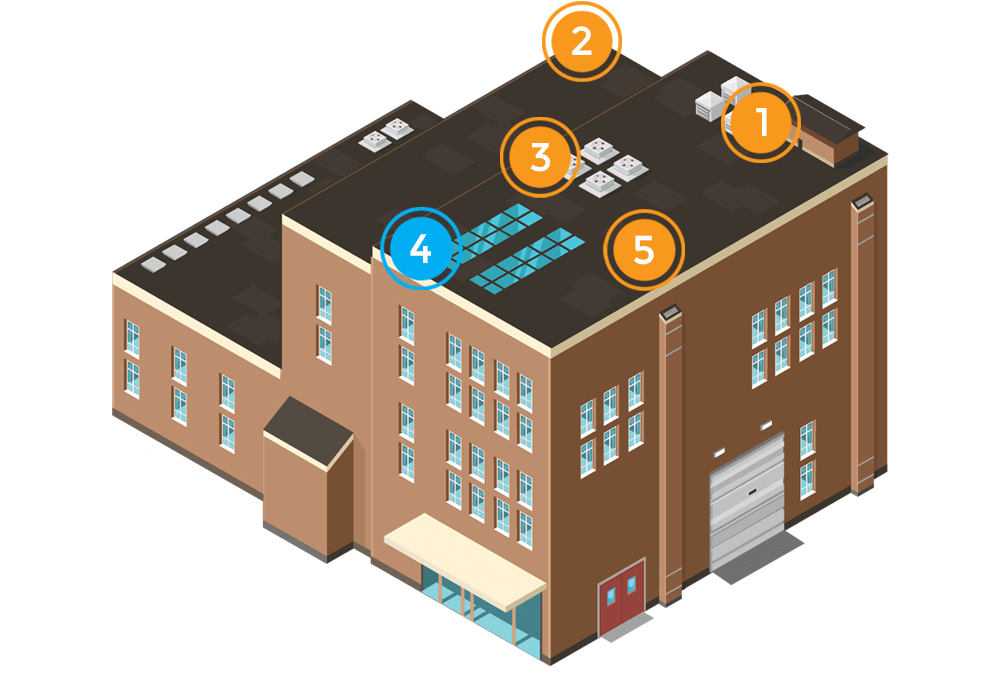Why Does My Company Need
A Rooftop Safety Audit?
OSHA names falling from heights as one of the most common causes of workplace injuries and fatalities. Fall protection, and specifically rooftop safety, are vital for today’s businesses and factories. It is important to protect employees, contractors, and anyone else who happens to be on the roof of your building.
Unfortunately, falling is an inescapable part of work life in many industries. Even the most experienced worker can easily slip, lose their grip or balance, or simply miss a beat. In order to protect your workforce from the danger of injurious or fatal falls, a system of fall protection and prevention must be implemented and updated to the newest OSHA standards. This guide can help you get started.







